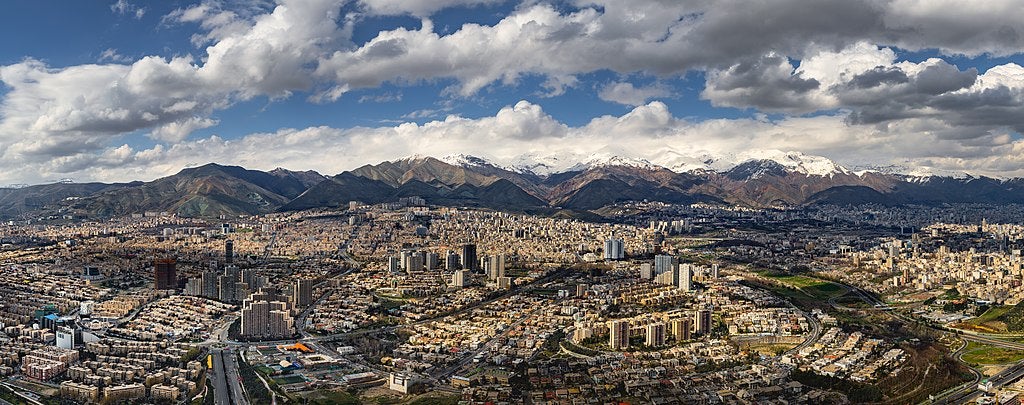Term: Spring 2022
Participating Campuses: Host – Penn State University | Receiving – Rutgers University & Universty of Illinois at Urbana-Champaign
Semester Dates:
- Penn State University: January 10 to May 6, 2022
- Rutgers University: January 18 to May 11, 2022
- University of Illinois at Urbana-Champaign: January 18 to May 13, 2022
Day & Time: TBA
Course Number & Title:
Students at participating campuses may enroll in the following sections for local course credit:
- Penn State University: HIST 245 “Middle Eastern Cities”
- Rutgers University: TBA
- University of Illinois at Urbana-Champaign: Hist 381 “Urban History”
Instructor: Dr. Michelle Campos | muc5008@psu.edu
A century ago less than 10% of the population of the Middle East and North Africa (MENA) lived in cities, but today over 65% does. Three MENA cities— Cairo, Istanbul, and Tehran—have reached megacity status with 15-20 million residents living and working in and around the city boundaries. Yet these cities are more than an agglomeration of buildings and bodies; they are alsosites of tremendous political, economic, social, and cultural meaning, contestation, and change. Together we explore the contours of urban life in a variety of MENA cities in the 19th-21st centuries, looking at the intersection of sites (house, street, neighborhood), themes (sacred spaces, gender in the public sphere, sectarianism), and historical forces (nationalism, colonialism, war, revolution).

We draw on a wide range of primary sources such as memoirs, music, poetry and literature, and film, as well as multidisciplinary scholarship in history, anthropology, sociology, and architecture. Students will sharpen the key skills used in historical inquiry, namely, intellectual curiosity, critical thinking, analysis, research and writing. Students also will be exposed to digital history tools in order to explore, understand, and visualize Middle Eastern urban societies in new ways.
About the Instructor: Dr. Michelle Campos is a scholar of 19th and early 20th century Jewish Studies and Middle Eastern history whose work is grounded in and contributes to three complementary and overlapping subfields: 1) the history of Palestine and Israel; 2) the history of the late Ottoman Empire and the making of the modern Middle East; and 3) Sephardic Jewish studies. Dr. Campos views the history of Ottoman Palestine as inextricably linked to the history of the rest of the empire and the Eastern Mediterranean (al-Mashriq), her work shifts between urban, regional, and imperial scales. Likewise, her approach to intercommunal history is deeply relational, and to that end it approaches Jews, Muslims, and Christians in the same conceptual, temporal, and spatial frame.

Dr. Campos’ first book, Ottoman Brothers: Muslims, Christians, and Jews in Early-Twentieth Century Palestine, explored the impact of the 1908 Ottoman revolution on this one corner of the empire and analyzed how Palestine’s residents learned how to become imperial citizens together. Ottoman Brothers won the National Jewish Book Award in Sephardic Culture and the Yonatan Shapiro Award for Best Book in Israel Studies. Dr. Campos has also published numerous other articles dealing with Ottoman political culture and is currently completing a book on neighborhood life and intercommunal relations in 19th and early 20th century Jerusalem.


